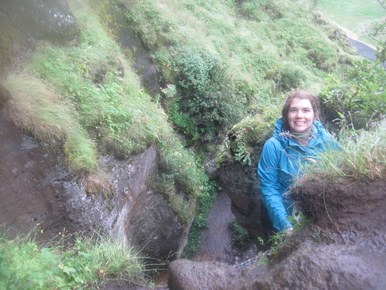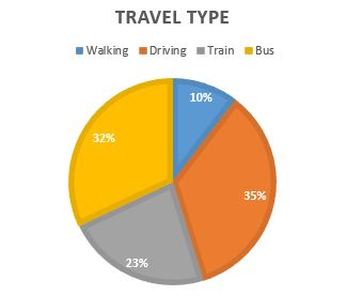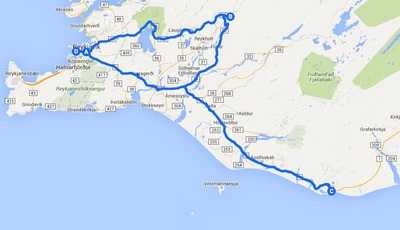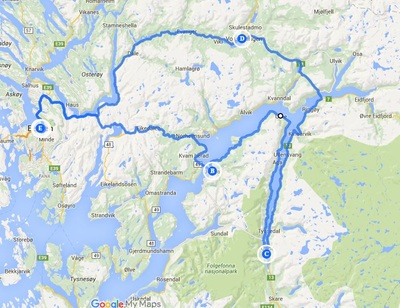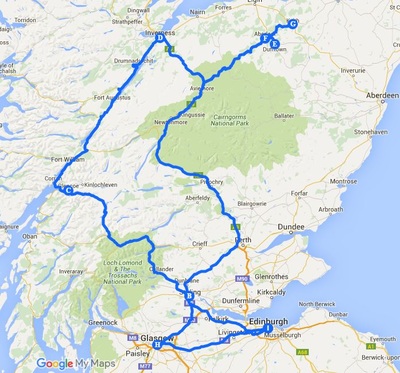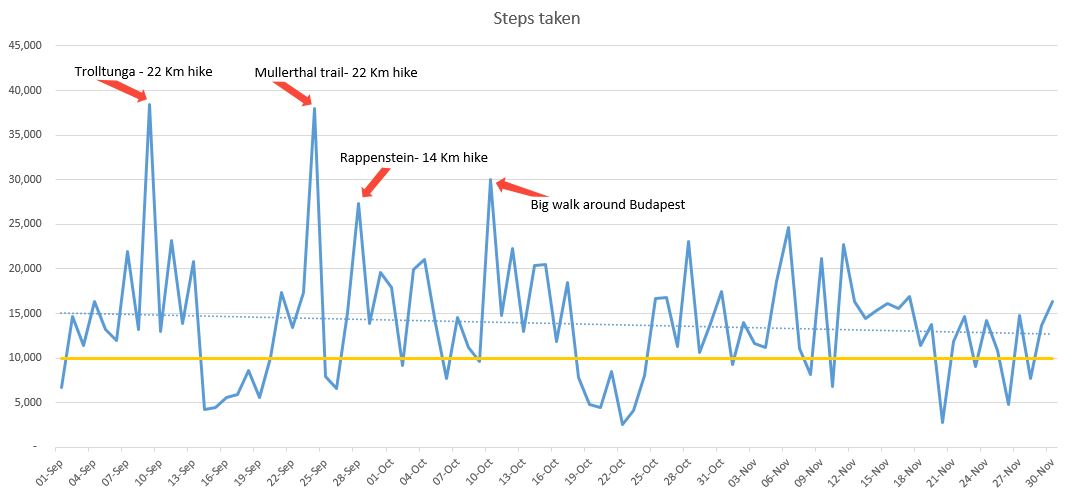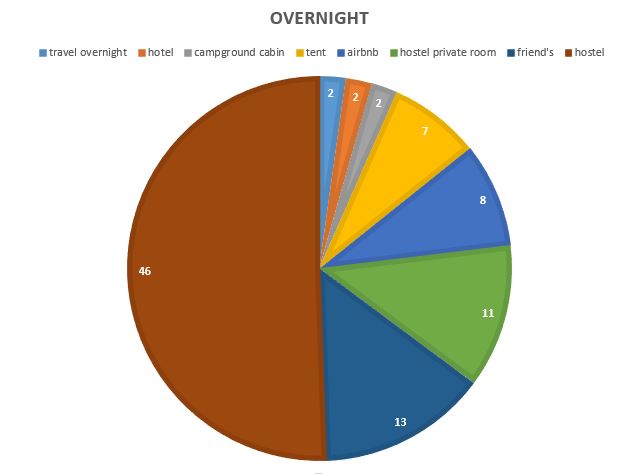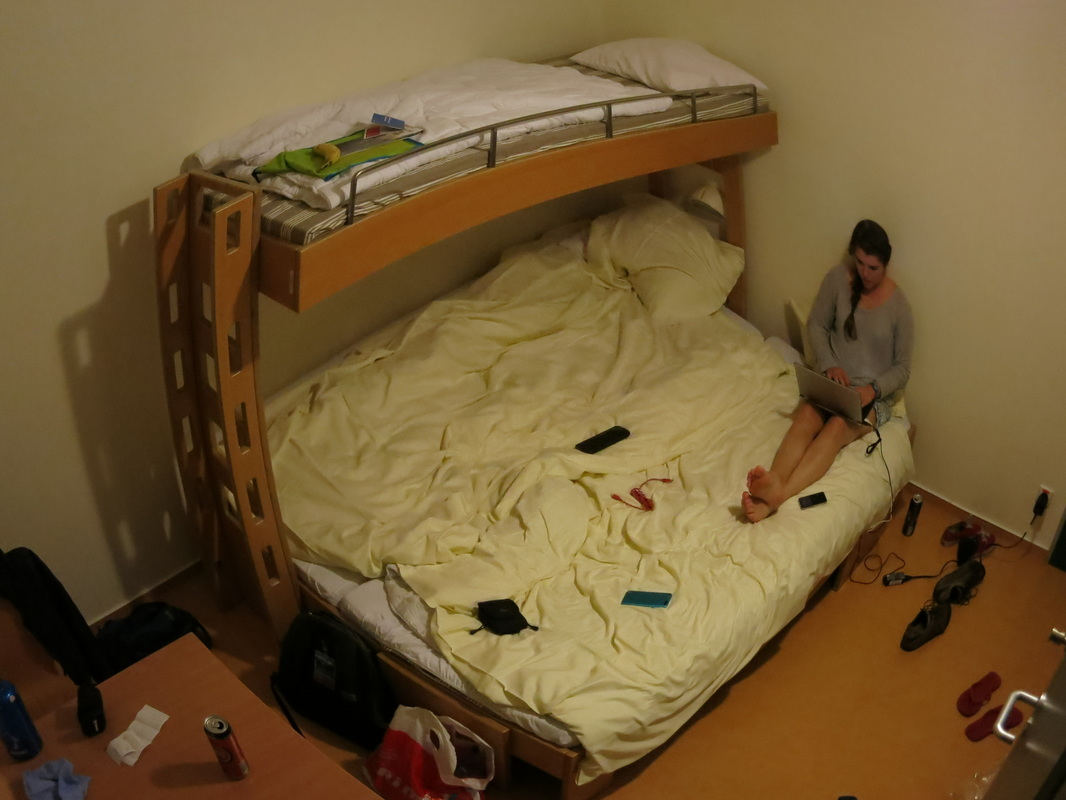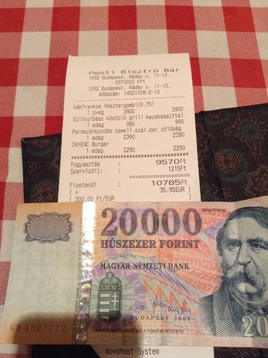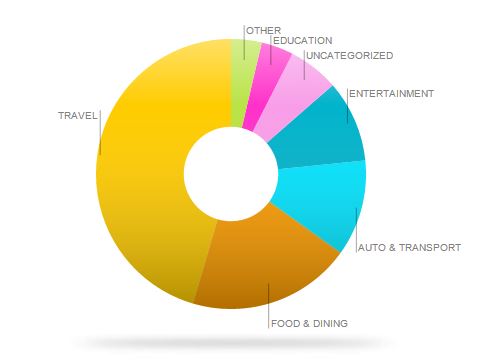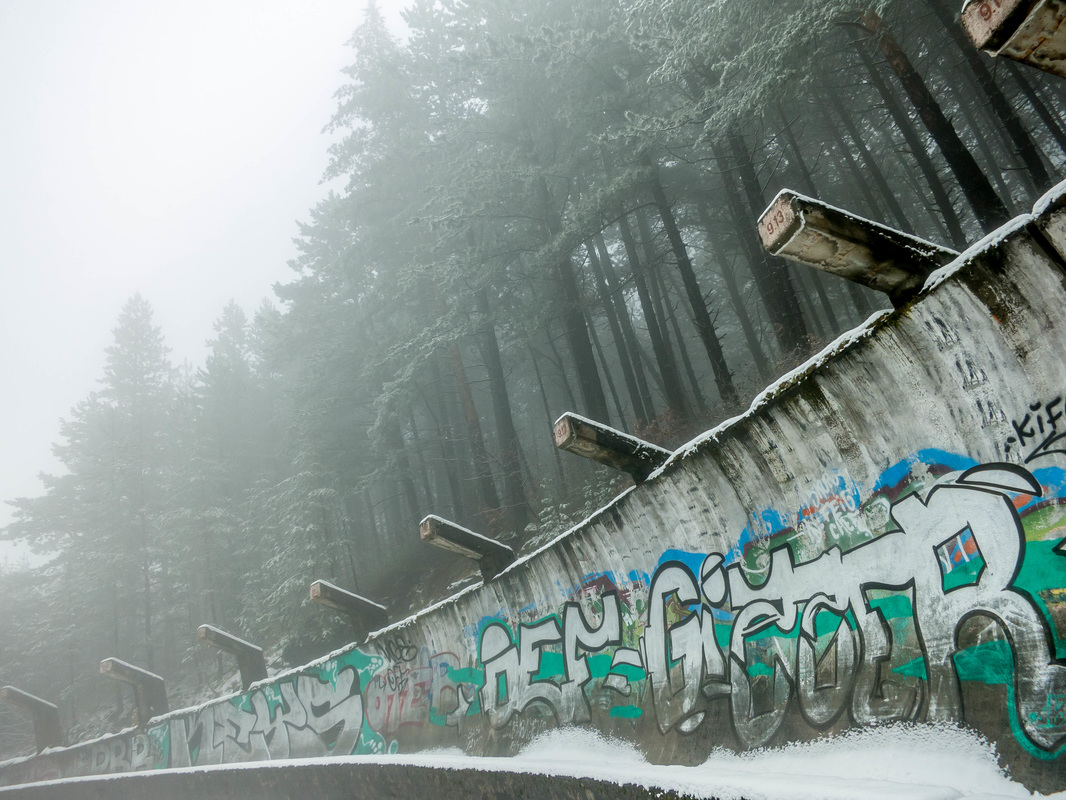|
Well here we are back in Halifax. We figured we could look for jobs overseas while being home for the holidays, to rejuvanate our souls and our bank accounts. $16,000, 19 countries, and a walk from Halifax to Montreal later, thus concludes what we’ll call chapter one. Now that we had a solid three month excursion under our belts, I can’t help but wonder what it consisted of. How many nights were spent in hostels? How far did we travel by train versus car? How did two people spend $16,000?
Point a to point bLindy and I thought we covered a lot of ground travelling, at times too much of it. We met many people also on multi-month trips, some people never staying more than a 2-3 days in any single location. Although you could “see” a lot more travelling that way, for people like us, it’s also a good way to run yourself ragged.
We traveled about 8,300 Km through all modes of transportation (excluding flights and walking) which turns out an average of just over 90 Km/day. We can both confess that when we do another long trip, we will aim to have less than 90 Km/day, it was a lot of moving around at times. We found taking buses generally to be more convenient than trains, which made us happy to reaffirm our decision not to get Euro rail passes. Many of the people we spoke to who bought rail passes felt a bit hand cuffed to the rails. In order to make the purchase worth it, they said sometimes they basically had to go out of their way to use trains. Especially in the Balkans, we found buses more convenient to use and very accessible. I mentioned before in a previous blog, if you’re travelling with two or more people, rental cars are really the way to go. The most distance was covered with rental cars, using them in Iceland, Norway, Germany, and Scotland. Here are the routes we took below. on a walkaboutHow long does it take to walk 1,000,000 steps? Apparently for us the answer for us was 70 days, right around November 10th. That many steps roughly translates to 750 kilometres, or an average of between walking 10-11 Km/day. Please allow me to qualify some of the points on this lovely line graph above. Three of these four spikes correspond to a hiking day, one of them was just a “regular” day walking around in Budapest. According to Walkologists (maybe that’s a thing?) any day above 10,000 steps is a good one. 10,000 is indicated by that yellow line, so on average we did well to surpass that. You can see that the overall trend is downward, it might have something to do with us getting worn out, though I prefer to think of it as our interests were just shifting to things closer to us... Sleeping around (Not in that way)We thought three months was a good, long stint of travel. But yet again, whether it’s the 25 year old teacher couple from Quebec travelling for 10 months on saved money, or the 19 year old Australian students travelling for 8 months while taking a semester off university, people we met seem to find a way to travel for very long periods of time staying in every type of lodging you can think of. So where did we sleep during our 91 days away? Basically we stayed in eight different types of lodging as seen by number of nights. An excellent way to save more money is to add a Couchsurfing pie slice, and drop every other lodging type except for “Friend’s” and “Tenting”. You really can't beat free.
It's about fine tuning your balance. If you are OK to POTENTIALLY (emphasis on potentially):
Kroner, Kuna, Marks, Pounds, Euros...Lindy and I had set out a pretty achievable and thrifty budget, at times too thrifty for our own good. But even though we’d consider ourselves on the frugal end of the spectrum, we still met people who were able to sustainably travel farther and longer than us by stretching their cash.
The doughnut above represents my credit card spending. I was the credit guy, Lindy was the cash gal. About two thirds of our total spending was done through credit, unfortunately this resulted in about $300 in currency exchange fees or 3% of every purchase. In my opinion, this was very much worth it to save the hassle of having to withdraw and carry a bunch of foreign currency. And that's how the cookie crumbles. There's a million more details I could delve into, but as a believer in diminishing returns, I must resist.
That's how three months of travel looks on paper. Although it's not as glamorous as the beautiful landscapes, intriguing history, or vibrant people you come across during travel, if you are looking to improve and learn for next time, it's just as important. Tune in next time for the final (for now) entry on my solo experience through Croatia and Sarajevo!
0 Comments
|
|
Proudly powered by Weebly
